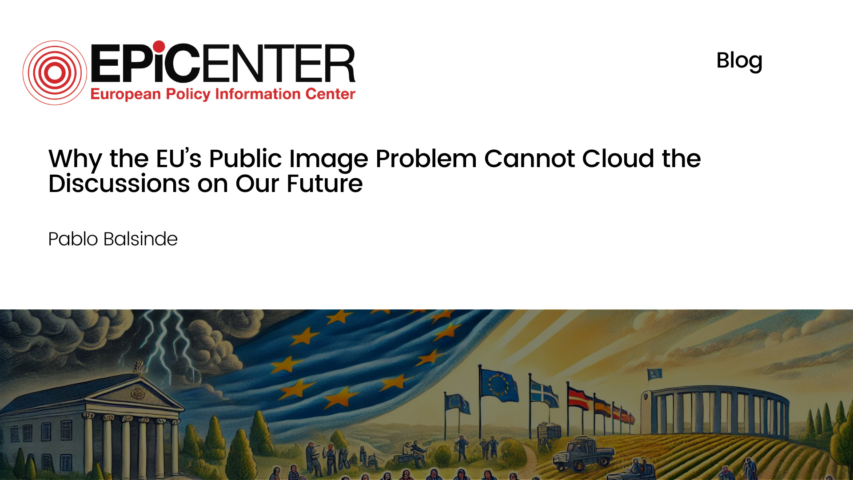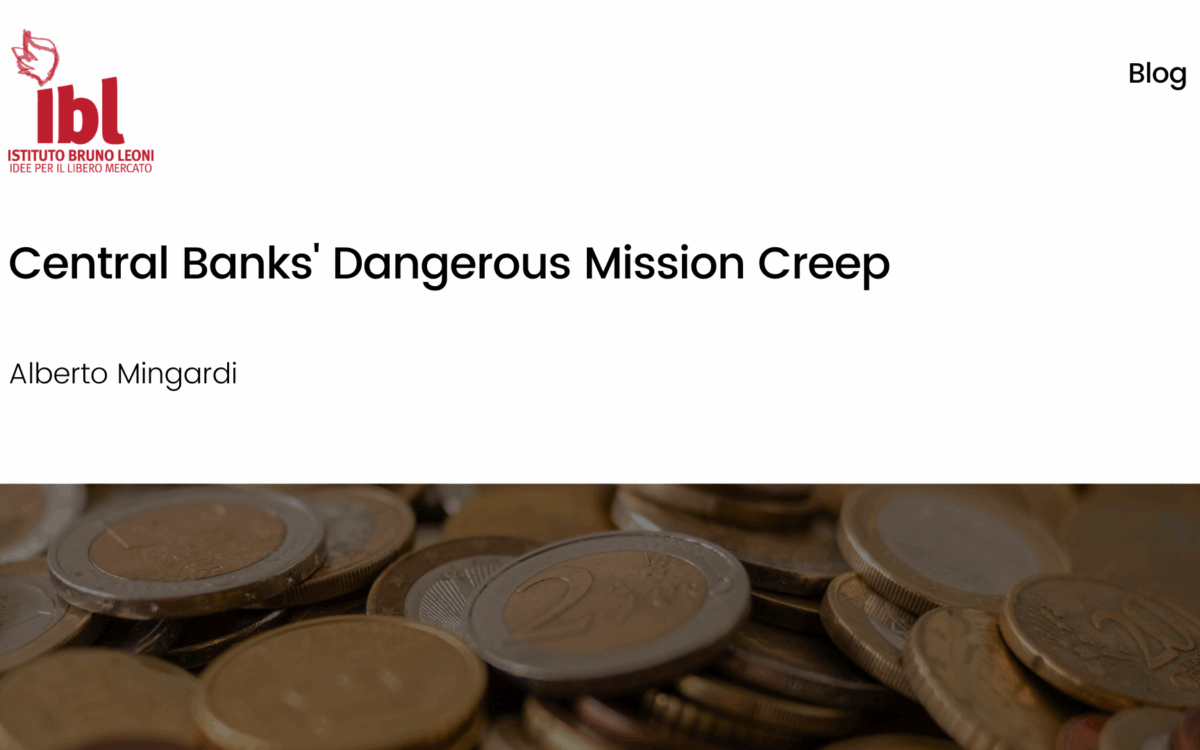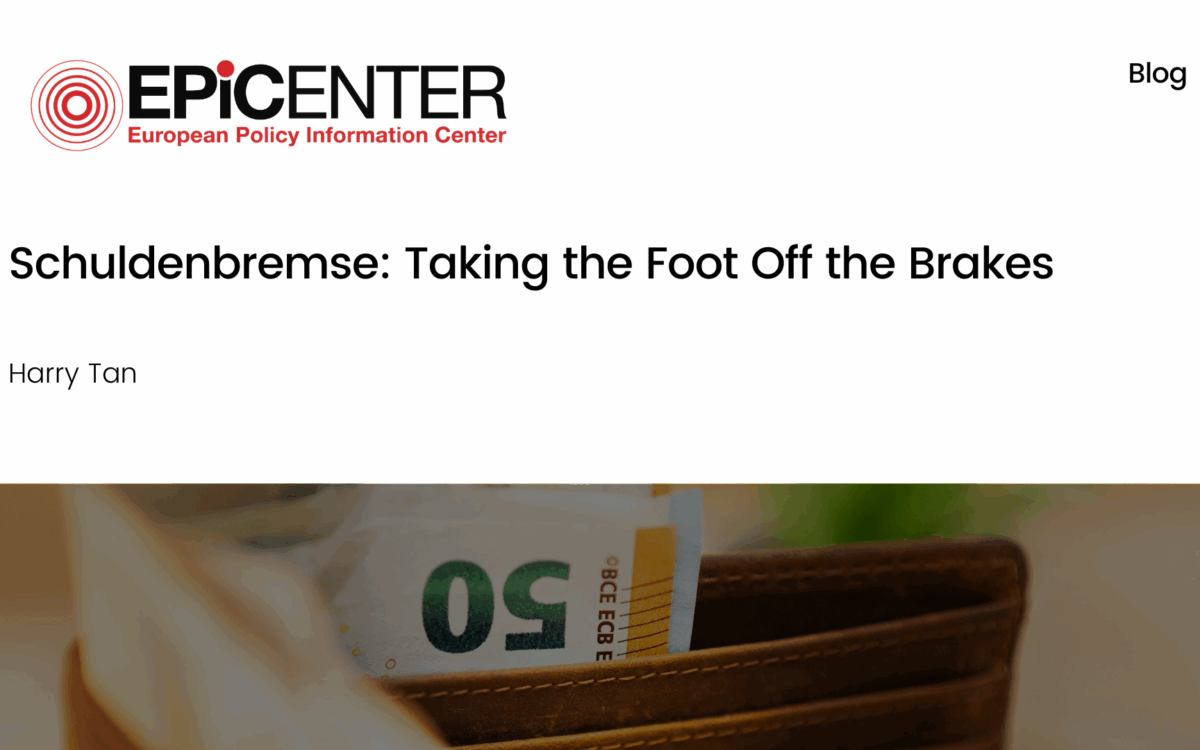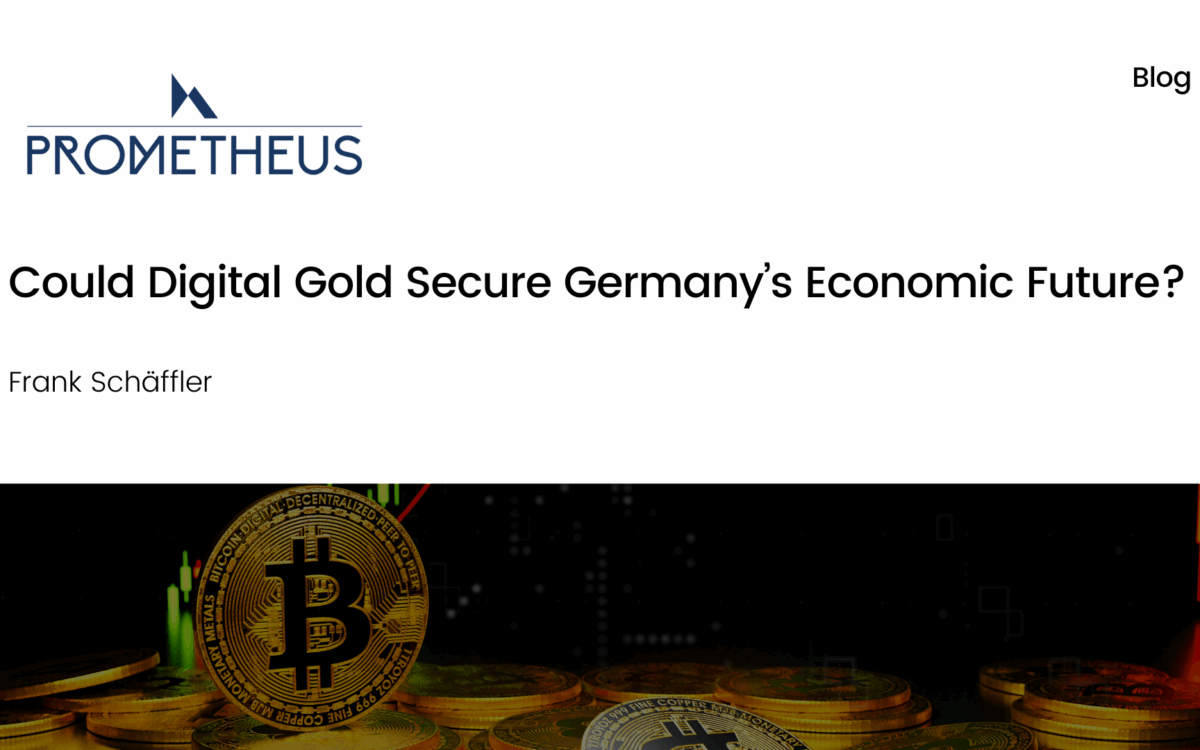Why the EU’s Public Image Problem Cannot Cloud the Discussions on Our Future

Why the EU’s Public Image Problem Cannot Cloud the Discussions on Our Future
Pablo Balsinde // 10 March 2017
Attempting to start a debate ahead of the EU’s summit commemorating the 60th anniversary of the Treaty of Rome, the European Commission published a White Paper on the Future of Europe. In it, the many crises and structural problems the Union faces are acknowledged, and five ways the Union might evolve in response to these by the year 2025 are hypothesized. They range from moving towards an even closer union to a much looser union limiting itself strictly to the single market.
Although the paper has been successful in starting a debate, it largely addresses the respective cases in terms of the extent to which European citizens would be satisfied with the result, that is, the extent to which the union would meet their expectations. The rise of right-wing scepticism across most of the Union is shaping the discussion in this respect, drawing the focus to whether expectations would be met in the possible cases as opposed to whether the resulting union would be beneficial and in accordance to our common values. With this focus, the paper dedicates considerable time to discussing options that would be clearly disastrous for our economies, and consequently leaves out broader discussions about a federalist union. There is no doubt the EU has numerous faults and problems, such as wasteful spending or failed monetary policy, however the paper does not examine cases based on the extent to which they would solve any of these.
For example, the second scenario described is titled “Nothing but the single market”, and describes a Europe where only the single market for goods and capital is maintained. Ridding itself of the hallmark ‘four freedoms’ and keeping only the free movement of goods and capital, this scenario could not even be considered to maintain the single market. Moreover, were we to have this structure and maintain the Euro, the Union would have even fewer mechanism to cope with another shock to its economy. For example, the movement of some young unemployed Greeks and Spaniards to North European economies like the Netherlands and Germany acted at least as a limited shock absorber. Without it, the problem of youth unemployment in Southern Europe (and the problem of sectorial labour shortages in Northern Europe) would been even worse. If free movement of people were to end in the second scenario, even such limited correction mechanism might no longer be possible. As New Europe points out, the founding fathers would be turning on their graves upon this scenario.
With economists throughout the spectrum opposing it, this scenario proves to have plenty economic and political faults. It is barely even conceivable when hard-line euro-sceptics oppose the single market. However, it is still covered in the paper, and its sole advantage is explained: “Decision-making may be easier to understand.” This comment shows that whether the EU successfully performs the role it is designed to do (regardless of whether it is a good role or not) is a crucial criterion for evaluating each scenario. The ‘Capacity to Deliver’ is always taken into account in the ‘pros and cons’ section of each scenario; however, the quality of the role being delivered is not addressed.
The approach to this paper is not grounded in attempts to find the best solution to Europe’s crisis; rather, it is grounded on trying to cater to radical sceptics who make a lot of noise relative to the power they hold. With Le Pen’s almost non-existent chance of victory, Geert Wilders’ lead narrowing by the day, and a European Parliament with a clear majority of pro-European parties, the debate around the future European Union should not be shaped by the fact that a minority of the population’s expectations of Europe have not been met. When more than 60% of citizens believe the EU provides a future perspective for Europe’s youth, the brief commentary on the option ‘Doing much more together’ cannot be dominated by the claim that “questions of accountability arise for some who feel that the EU has taken too much power away from Member States”. There is no question the Union has problems which have been voiced by the rest of the spectrum for years, and their concerns should shape the debate over the future of the EU to the same extent, if not more, than the concerns of right-wing populists.
No one denies that Europe need reforming and improving. However, with the consensus of support for the Union, and Europeans largely split about a two-speed Europe, it is clear that only the third and last options (‘those who want more do more’ and ‘doing much more together’) are plausible and viable futures. These two options raise crucial questions that are not tackled in the paper involving European identity and the meaning of a federal Europe. Evaluating options that are both economically disastrous and politically undesirable might create a debate around the future of Europe, but this resulting debate would exclude crucial discussions about common values by remaining fixated on the idea that a successful Europe is one that meets expectations. For example, the paper provides no guidance nor arguments in favour of either of the two versions of Europe, those of Hayek and Spinelli, which previous EPICENTER research identifies as a “long-overlooked contest”.
Rather than assessing options based on their capacity to deliver, the Commission and the EU should reflect on why some sectors of the Europe have forgotten about the many benefits the Union has brought them. The EU’s long-standing transparency and public image problem, and its struggle to show its benefits to its citizens, should not cloud our discussions about the future of Europe, especially when it prevents us from having meaningful discussions which assess political models based on their benefits and alignment with European values.
EPICENTER publications and contributions from our member think tanks are designed to promote the discussion of economic issues and the role of markets in solving economic and social problems. As with all EPICENTER publications, the views expressed here are those of the author and not EPICENTER or its member think tanks (which have no corporate view).



